There are some months where I stare at a blank page and wonder what on earth to write about the past month in the Scottish property market. And then there are months like this where I don’t know how to filter it down! This month has seen the announcement of a monumental change in the Scottish property market: the replacement, from 1 April 2015, of Stamp Duty with Land and Buildings Transaction Tax (LBTT). We’ve also seen news of property prices in Scotland hitting a new high and interesting information about potential interest rate rises being delayed. Leaving LBTT until last, because it’s quite detailed (but very important), without any further ado, here is the last month’s Scottish property news in brief…
House Prices in Scotland Hit Highest Level for 11 Years
According to Registers of Scotland, the government body responsible for compiling and maintaining registers relating to property and other legal documents in Scotland, the average house price in Scotland is now just over £170,000. This is the highest level since quarterly stats were first pulled-together by Registers in 2003 and is a 5% rise over the past three months. http://www.bbc.co.uk/news/uk-scotland-scotland-business-29801108
It’s not just prices that have risen but also the number of sales too. The number of homes that changed hands in the three months to September also represents a 9% increase on the same period in 2013.
According to Registers stats, Edinburgh has the most expensive properties, whilst the most affordable properties in mainland Scotland are in West Dunbartonshire.
In Edinburgh, the average cost of a property was £235,402, a rise of 5.6% when compared with the same quarter in 2013.
This largely reflects what we have been seeing in the areas that we currently focus our attentions on: Edinburgh and the Lothians. We have seen sales numbers rocketing this year as demand seems to continue to outstrip supply. I’ve long said that we don’t want to follow-up a period of house price decline and stagnation with a period of runaway growth. The last thing that anyone wants to see is another boom and bust in the property market: any home buyer from 2006 or 2007 who endured a period of negative equity for several years will be able easily to recall how painful an experience that is. However, these quarterly figures do spike up and down a bit, so it will be interesting to see slightly more ‘smoothed’ annual figures when they are available too. The key thing to note is that it doesn’t seem to be slowing down at the moment.
Interest Rate Hike Might be Some Way Off
A key factor in the house prices is of course interest rates, with some saying that a rise in interest rates will help to curb runaway house price inflation. The Bank of England has not raised interest rates from their current historic low for some time now. Many predictions have been for the first of a few gradual, 0.25% rises to the Bank of England’s ‘base rate’ to take place at the beginning of 2015.
However, if a report this month in The Guardian is to be believed, they might not do so for some time now. http://www.theguardian.com/business/nils-pratley-on-finance/2014/oct/14/nils-pratley-bank-of-england-misses-inflation-target
With the price of oil having fallen 25% in a few months, creating a knock-on effect on the likes of airline tickets and energy prices, supermarkets trying to cap the price of food, and the pound being strong, inflation fell to 1.2% in September, far short of the government’s 2% target.
The effect of this, according to The Guardian’s article, is that many commentators are now predicting the first interest rate rise to be delayed until after the general election in May 2015. The mortgage market of course analyses the market and predicts what is going to happen with rates, so today’s rates include some sort of future pricing, but it’s generally good news for home buyers and existing home owners on a variable mortgage interest rate as mortgages will continue to remain more affordable than they will become in the coming months.
Stamp Duty Replaced by Land and Buildings Transaction Tax (LBTT)
I’ve never held back in saying that I absolutely loathe Stamp Duty. So I was looking forward to hearing details of its replacement: Land and Buildings Transaction Tax (LBTT). LBTT will kick-in from April 2015, so not long to go at all!
The finer details were announced this past month by John Swinney of the SNP. It’s a complicated topic and one that I have dedicated a full guide to on our website: http://www.mov8realestate.com/2015/01/changes-lbtt-rates-april/
However, in brief, here’s how it works…
Stamp Duty was a ‘slab’ tax. In other words, the rate of tax jumped very significantly based on less-than-significant differences in property values. For example, if you bought a property for £249,999 you would pay 1% Stamp Duty to the government: a total of £2,499.99. However, if you bought a property for £250,001, you would pay 3% Stamp Duty: a total of £7,500.03. So, for a £2 increase in the property purchase price, there was a more-than-£5,000 increase in the amount of tax payable to the government. Stupid? Yes, I’d say so.
The new regime is more progressive, but the headline figures look frightening: 10% LBTT rate on a property above £250,000? Nevertheless, it’s not as bad as it looks! Why?
The rates are marginal, so you pay tax on the BIT between the tax bandings.
Up to £135,000 the rate is 0%;
From £135,000 to £250,000, the rate is 2% (i.e. on the PART of the purchase price between £135,000 and £250,000);
From £250,000 to £1,000,000 the rate is 10% (again, on the PART of the price between £250,000 and £1,000,000);
From £1,000,000 upwards, the rate is 12%.
In short, the turning point is about £330,000. Up to that figure, buyers will pay less under LBTT than they currently pay under Stamp Duty. Above that figure, a buyer will pay a bit more then, as the value of the property purchase rises towards £500,000 and above, they really are paying quite a lot more. Estimates are that about 95% of home buyers in Scotland will be better-off as a result of the changes. In cities like Edinburgh and Aberdeen, where property prices are significantly higher than in the rest of the country, more people will be wallopped by an increase than in other parts of the country, although estimates again state that about 90% of property buyers in Edinburgh will still be better-off under the new regime.
When does all of this come into play?
They key point to note here is that it applies to properties where the SETTLEMENT DATE is 1 April 2015 and beyond.
It is therefore entirely possible, as we come towards the end of the year, that sales agreed now will actually settle on or after 1 April 2015.
What effect does this have on you if you are purchasing or selling?
It’s a complicated decision and one that will have a different impact on property buyers and sellers at different points in the market. If you’re thinking of selling or buying a property in 2014 or early 2015 and you’d like to know how this might affect you, please give us a ring and one of our property experts will be able to talk you through the process.
Finally, this change to the new regime means that having certainty in your mortgage situation is even more important than before. If you are trying to buy a property before the Stamp Duty regime changes to LBTT on 1 April 2015, you absolutely need to make sure that your mortgage situation is as bulletproof as possible.
Put simply, the vast majority of purchasing solicitors will not conclude missives until they have the mortgage paperwork. Without naming names, some direct-to-consumer lenders take absolutely ages to produce mortgage paperwork (12 weeks in some cases) making a quick Date of Entry very difficult to achieve. They make look great on paper (or on a comparison website), but these time frames could cost a buyer quite heavily if the Date of Entry is delayed into the new tax regime. Other lenders have very strict criteria about the types of property they lend on, or other eligibility criteria for borrowers, and it is often quite far into the purchase process before the buyer realises that they will have to find another lender because their Agreement in Principle actually won’t translate into a mortgage offer from that lender.
The best advice I can give is that, if you are working to tight timescales where any slip in that timescale might cost you a lot of money in Stamp Duty or LBTT, you don’t want to leave your mortgage finance to chance. An independent mortgage adviser can advise on lender turnaround times, can help to speed-up that process and can help with eligibility: in other words, although a comparison website says that you are entitled to a rate of X%, are you actually going to be able to secure that rate on the property that you are buying? What’s more, they take the hassle out of the process of the borrower, can liaise with solicitors on the buyer’s behalf and many of them provide this service free of charge.
For a full analysis, including some worked examples of how the new regime affects the amount of tax payable, have a look at my in-depth guide at: http://www.mov8realestate.com/2015/01/changes-lbtt-rates-april/
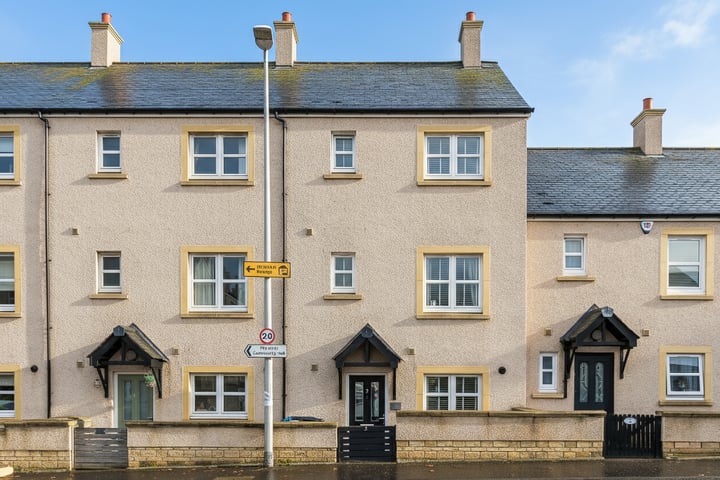
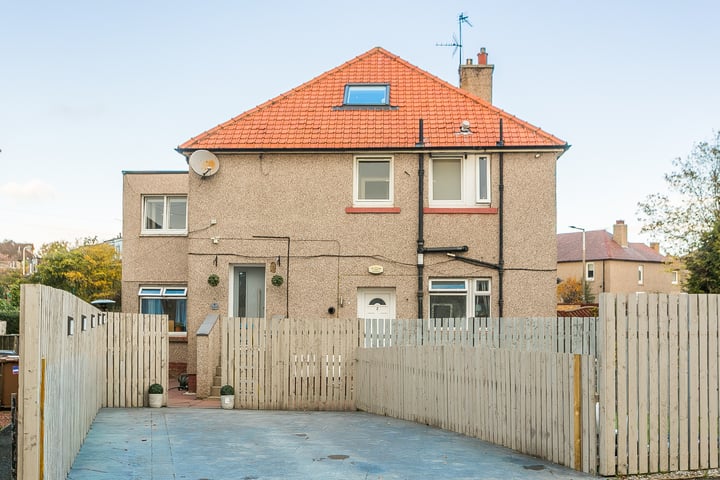
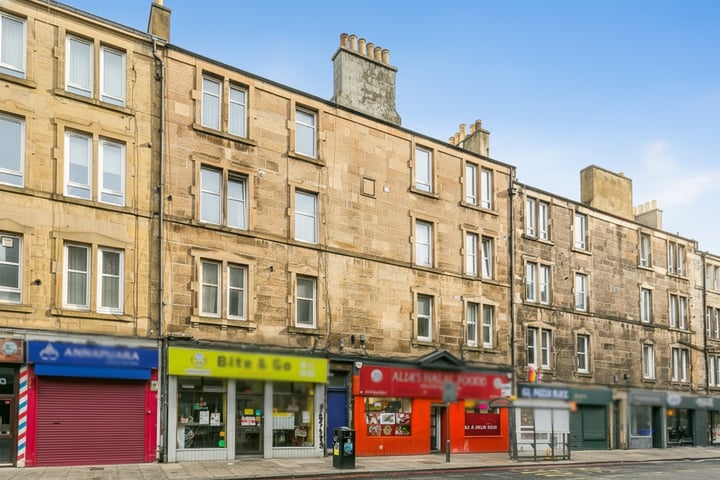
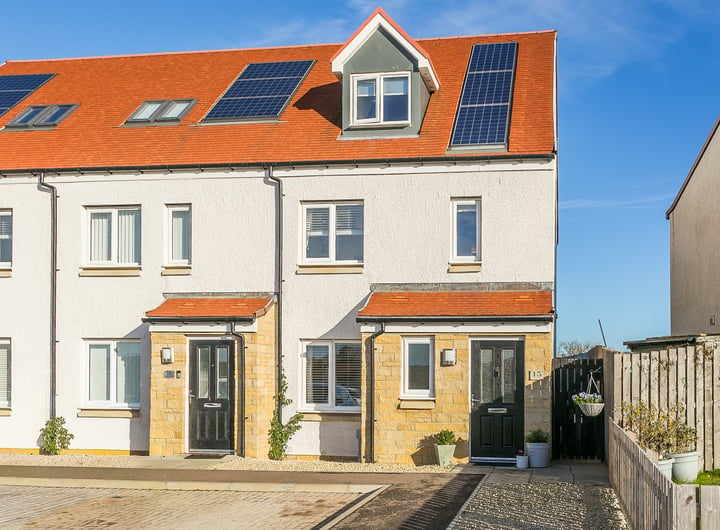

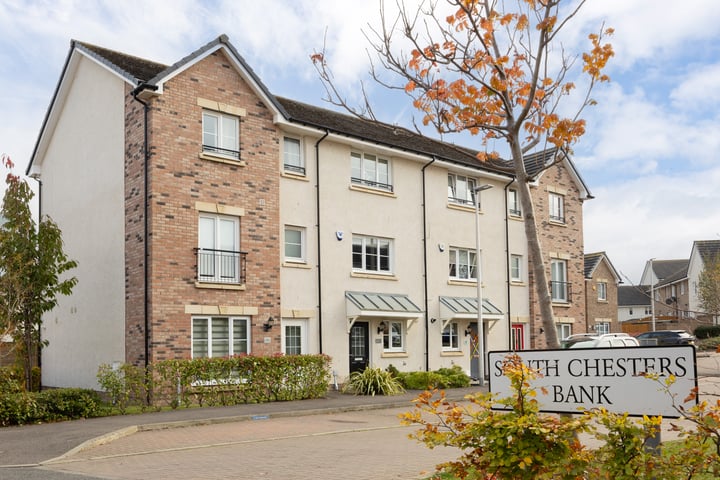
Leave a Reply